Examining How Social Media Has Changed the Landscape of Art and Culture
In the 21st century, the influence of social media has had a tremendous impact on the landscape of art and culture. It is no secret that social media has changed the way art is created, shared, and consumed, as well as the implications these changes have had on the art and culture industries. To assess the impact of social media on art and culture, it is important to consider the advantages and disadvantages of these changes, and how they have either benefited or hindered the growth of these sectors.
The Benefits of Social Media
The advantages of social media on art and culture are numerous. From a creator’s perspective, the ability to easily share artwork with a wide audience has revolutionized the way art is created and distributed. Platforms such as Instagram and YouTube have enabled artists to reach global audiences and gain exposure to potential buyers. Furthermore, these platforms offer the opportunity for artists to connect with each other, collaborate on projects, and exchange ideas. This has had a positive effect on the culture industry, as it encourages creativity and innovation.
In addition, social media has enabled the art and culture industries to become more accessible and inclusive. Platforms such as Facebook and Twitter have enabled people to connect with each other, regardless of their location or background. This has created an environment of acceptance and appreciation where everyone can share their art or culture in a safe and welcoming space.
The Disadvantages of Social Media
However, social media has also had a few drawbacks for the art and culture industries. For example, with the ease of sharing work online, it is difficult to protect the intellectual property of artists. This has led to a decrease in sales for artists, as their work is often shared or copied without their permission. Additionally, the abundance of art and culture on social media can be overwhelming and difficult to navigate. This can have a detrimental effect on the industry, as it can lead to oversaturation and a decreased demand for art.
Furthermore, social media has enabled the spread of misinformation and fake news. This has had a negative impact on the art and culture industries, as it can lead to a distorted view of the world and a lack of appreciation for the true value of art and culture. Additionally, it can lead to a decrease in public interest in these sectors, as people may be discouraged by the abundance of false information.
Conclusion
In conclusion, social media has had a significant impact on the landscape of art and culture. While it has offered numerous advantages, such as increased accessibility and collaboration, it has also had a few drawbacks, such as the spread of misinformation and difficulty in protecting intellectual property. Ultimately, it is important to consider the advantages and disadvantages of social media’s influence on art and culture, and how these changes have either benefited or hindered the growth of these sectors.


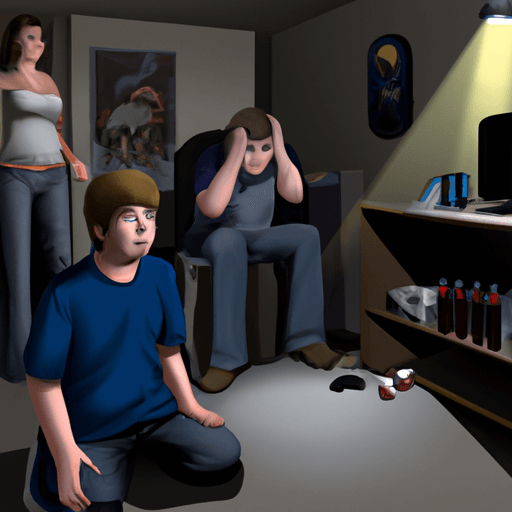
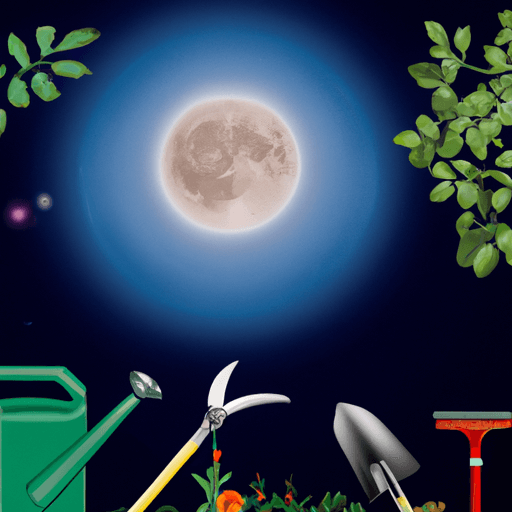
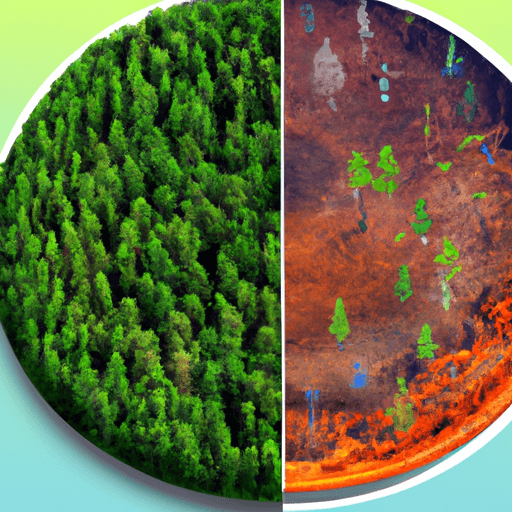

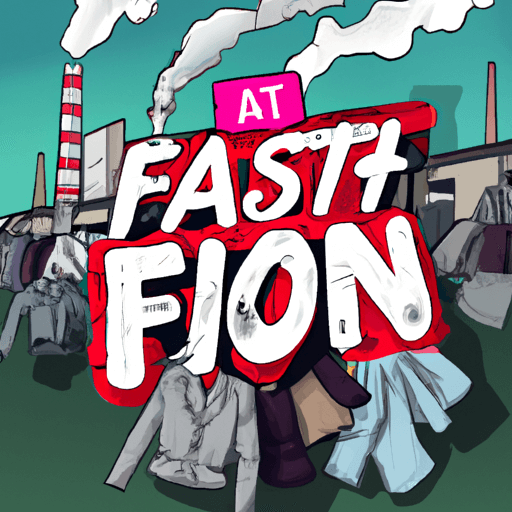
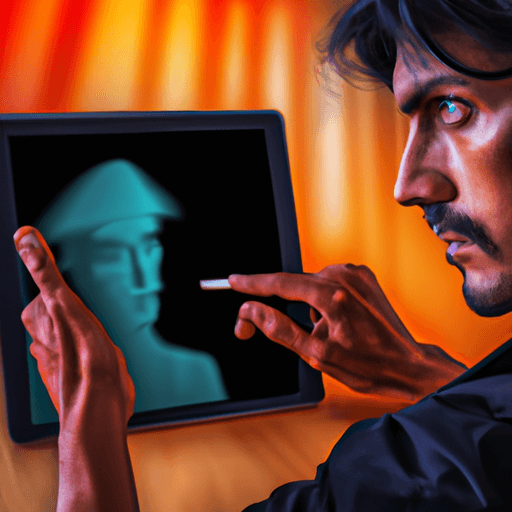
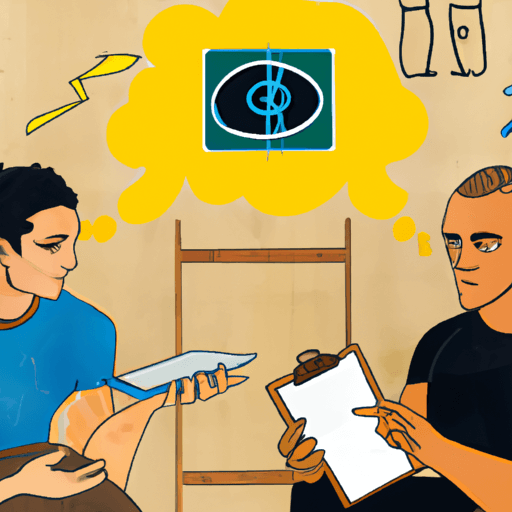

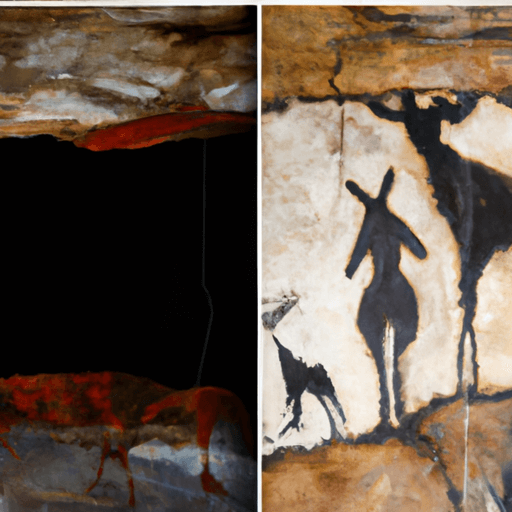
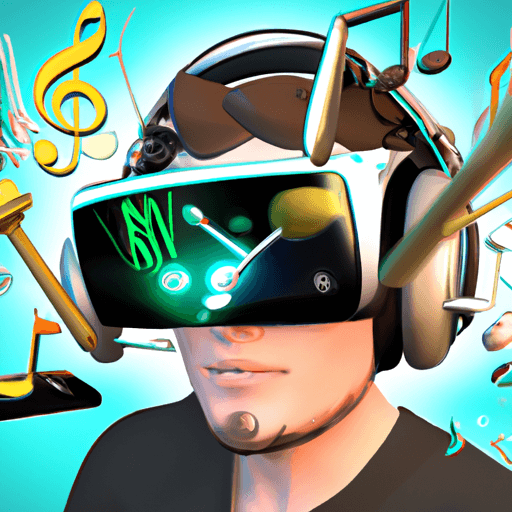
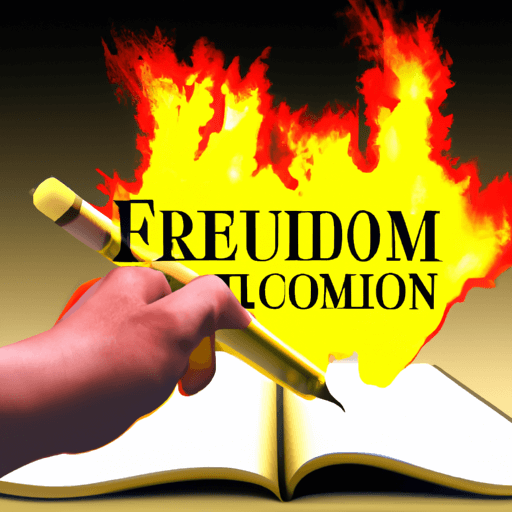
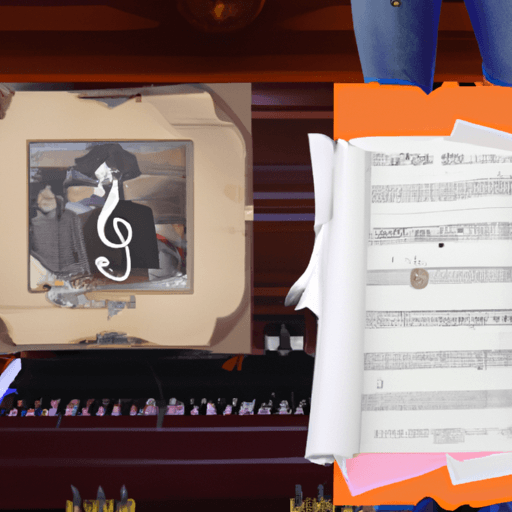
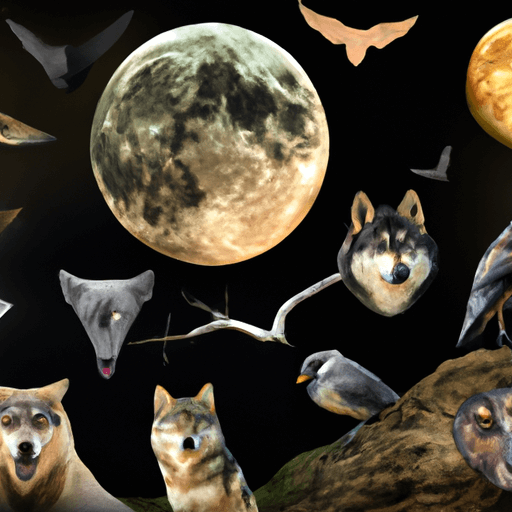
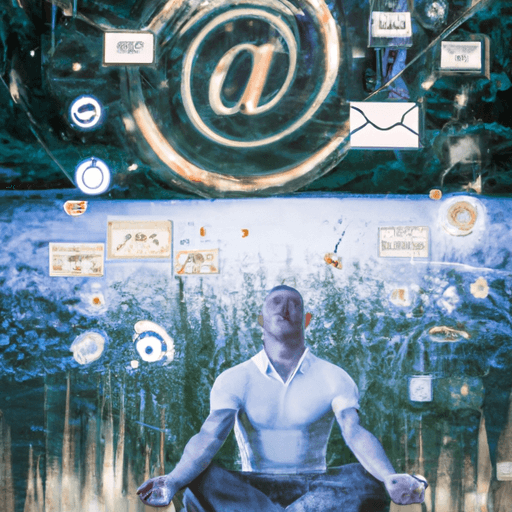
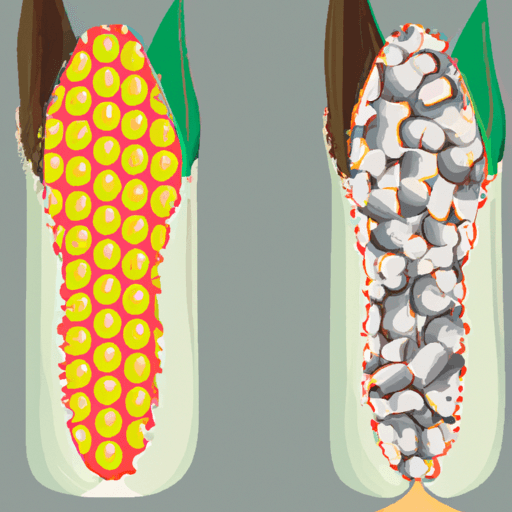
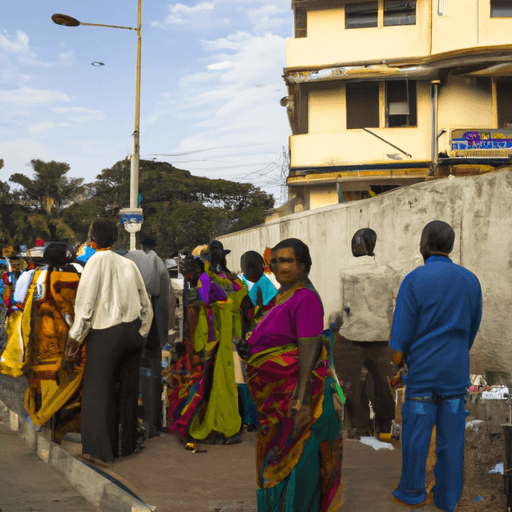
Comments
Leave a Comment